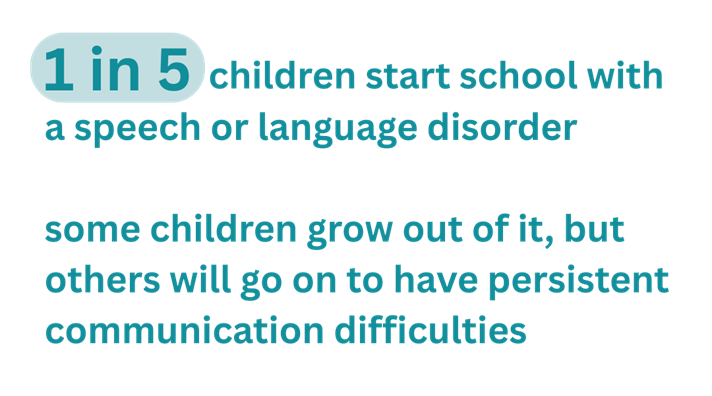



Our Latest News

AAC Symposium 2025
The Speech and Language team hosted the Aided AAC: Applications in clinical practice symposium on Friday 10th October 2025.
Hear more about the day and watch selected talks here

NEW STUDY: High-tech augmentative and alternative communication (AAC) for childhood dementia
We are conducting an AAC communication therapy trial to research communication outcomes in individuals with childhood dementia using an AAC device. Learn more about what we are looking for and how to enroll here






